My brother was on holiday from work (School holidays) and so this was a perfect time to visit him and my mum on the Ayrshire coast - a lovely place to live. We stopped at RSPB Leighton Moss on the way up but adding nothing of note; it was a welcome stop as there were roadworks and an accident that added more than an hour to an already long journey.
While visiting we stay in one of two hotels both a stones-throw from Seamill Beach, West Kilbride. The first morning I got up for sunrise and made my first pre-breakfast visit to the beach - it was a bit windy but thankfully not raining, and the gulls were starting to gather on the rocks where a burn runs into the sea. There were a couple of great black-backed, lesser black-backed and black-headed gulls with the herring gulls. Oystercatchers ran along the water's edge, three redshanks fed around the rocks and three shelduck flew across the water.
A dog walker was coming my way and frustratingly his dogs were playing in the burn - would this put paid to sightings of dippers? He departed and I stood for a short while hoping I’d see one - after only 5 minutes I spotted first one and then a second dipper at the far end of the burn by the Seamill Hydro - they were chasing one another. They were soon lost from sight but eventually re-appeared and flew straight at me, under the bridge I was standing on, circled over the beach and then back under the bridge, and away. Exhilarating to watch but not possible to capture in photos.
I waited and watched as the dippers cavorted in the far distance, never getting any closer. I only had a couple of hours and so pushed on spotting gannets offshore, a solitary sandwich tern and more shelducks on the wing. Curlew were visible but not numerous. I came across both stonechats and rock pipts collecting material for nest building. On the water were just the usual gulls and shags - nothing else of note.
I made it back to the hotel for breakfast with a handful of new birds for the year then visited my mum. We decided to go out for an afternoon coffee at Scotts in the Largs Yacht Marina. Afterwards we walked to look out over the bay, towards Largs itself. I'd picked up my binoculars as we passed the car and could see a couple of razorbills on the water. I collected a camera from my car and snapped them – we then spotted two black guillemots - both these species were new for the year. It was a bit windy and cold so we didn't stay long and made for West Kilbride.
I woke to find the next morning wet but I went out anyway, although a little later than I had planned. I decided to make my way to Stevenston Point and began watching from the Point through very light drizzle. In a short while the rain came on heavier and I had to retire to the car until the squall passed. Three red-breasted mergansers flew past, as did nine purple sandpipers. Two sandwich terns fished offshore but never get close.
I saw a diver on the wing and realised that it was red-throated. It had been quite a while before I saw my first RT diver here but I am now seeing several each time I visit - not great photos. There were razorbills and black guillemots, plus fly-past common scoters at distance. I was also treated to a brief swim-by from an otter that didn’t seem to be fishing intensely.
The rain had almost subsided and I decided it would be safe to drop down onto the beach to see sanderling up close without getting soaked. There were two main flocks, each of about 50+birds with other loose collections scurrying around; they are comical to watch. It is usually possible to get reasonably close, as long as you stay still and let them feed passed you along the shoreline. It was soon time to depart and make for breakfast.
The next morning started drier and when I arrived at Stevenston Point, there were already two birders in place. One introduced himself as Dougie Edmond (@dougie252) and we knew each other from posts on Twitter - good to put a face to a name. So far there had been limited birds of note but soon we saw a red-throated diver very distant and on the wing. Birds then started to come closer to the shore with common guillemot and razorbill both feeding not far off the rocks. Dougie called as a red-throated diver appeared within range - a further two could be seen at greater distance – they dived frequently, often surfacing miles from where they had gone down.
We watched as the birds gradually all got more distant - just as I was about to leave a small flock of gulls cut across the waves. I snapped a couple of photos and when I got on them with my bins I realised that they were a kittiwakes - not something I've seen here before.
Our final morning arrived, and I decided to return again to Stevenston Point. I wasn't sure what I hoped to see, perhaps a bar-tailed godwit, but I had been lucky there so far. The weather had improved very significantly, the sea was calm and the sky blue. I arrived to find lots of birds on the water but largely distant from the Point. I could see many more red-breasted mergansers than on previous days, three finishing gannets offshore, and eventually just a single red-throated diver. The sanderlings were active and flew across the water and rocks, seemingly now closer to 150 in number. There have been flocks of pink-footed geese reported along this stretch of coast (numbering in the hundreds) and around 75 of these flew nearby enough to photograph.
Another birder joined me (David Johnstone @DjohnstoneDavid), initially scanning from his car but then we had a chat and watched out across the water. We watched what appeared to be a small number of common scoter swimming in the far distance. After he’d left for a round of golf at Ardeer, I took some photos of the birds having noticed that one of them was a guillemot and another appeared a bit larger than a common scoter. Reviewing the photos, particularly one showing the bird flapping its wings, I found it was a velvet scoter – what a result, and a lifer! - the ID was later confirmed by a number of people more experienced than I.
All too soon I had to return to our hotel for breakfast and to pack up for our return home. After a lovely lunch with my mum and brother we set off, making our way to and through Glasgow. It occurred to me that Hogganfield Loch would be under two miles out of our way and so we stopped there briefly, long enough for me to catch up with the red-necked grebe and a redhead smew being reported there regularly. The grebe was another year first.
Year List: 186.



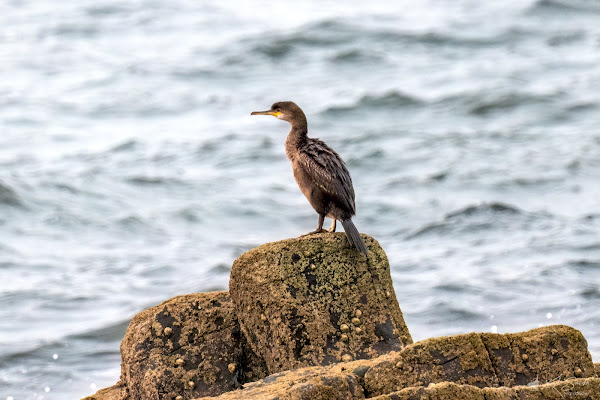



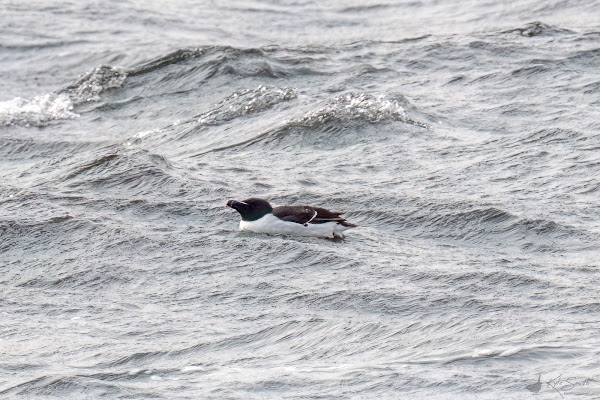


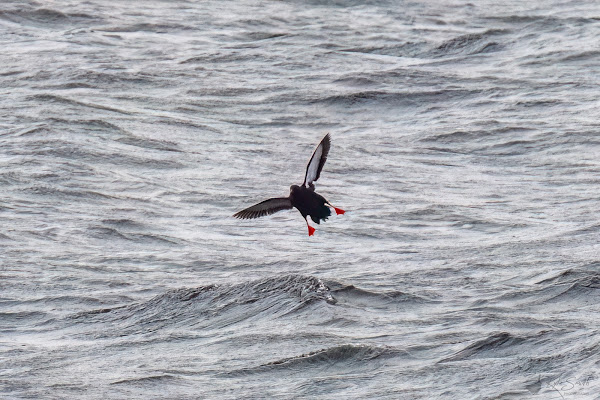
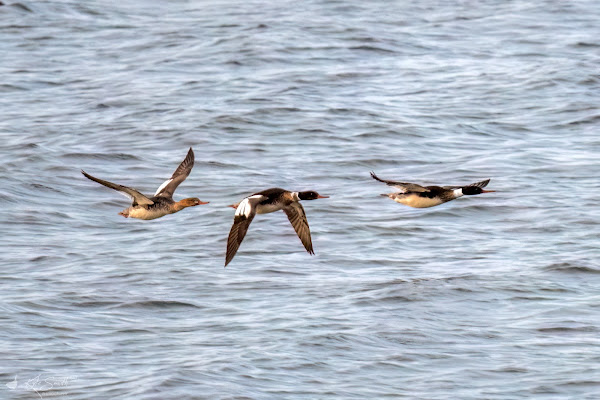
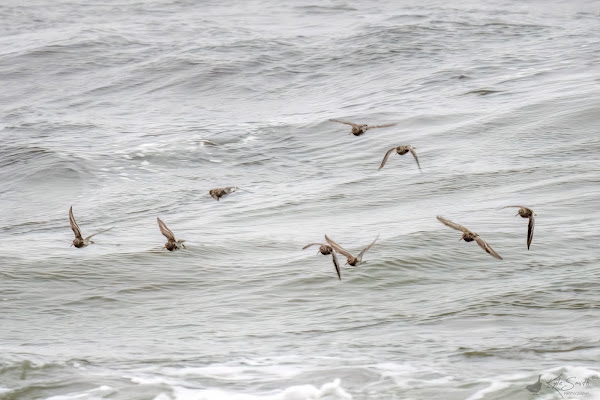

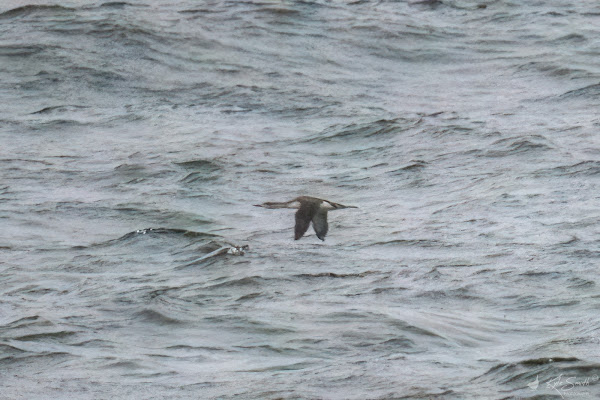

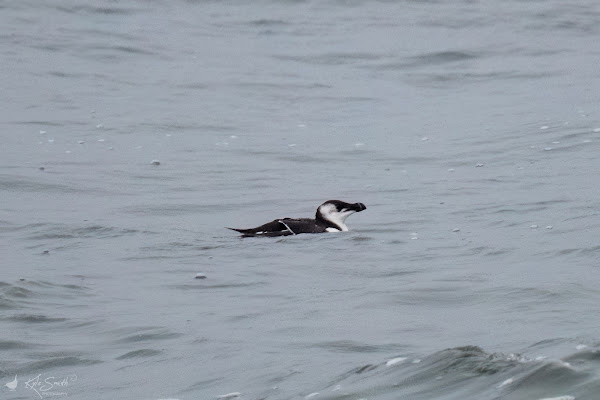
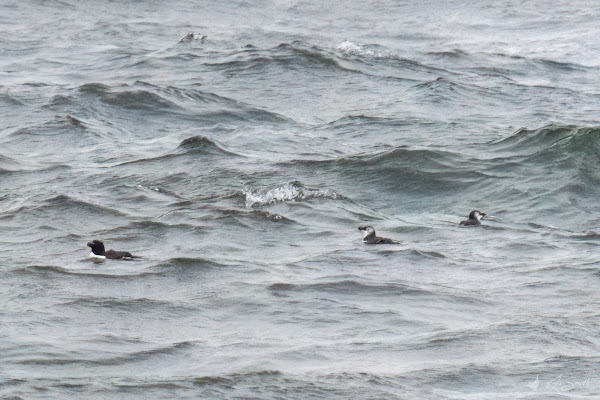


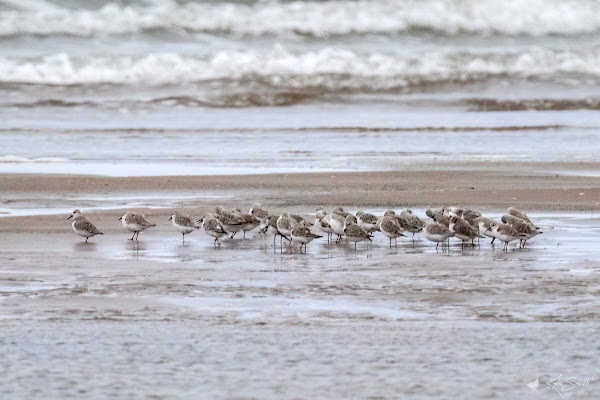
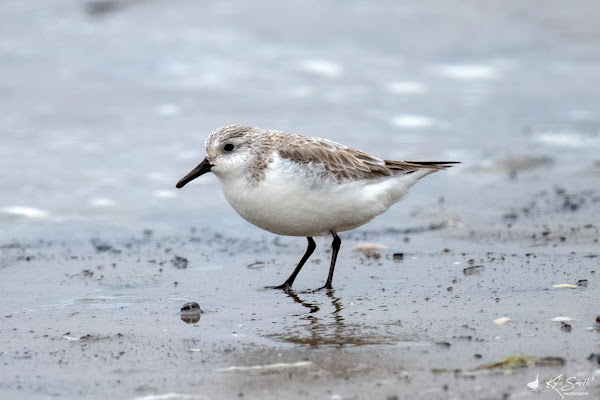



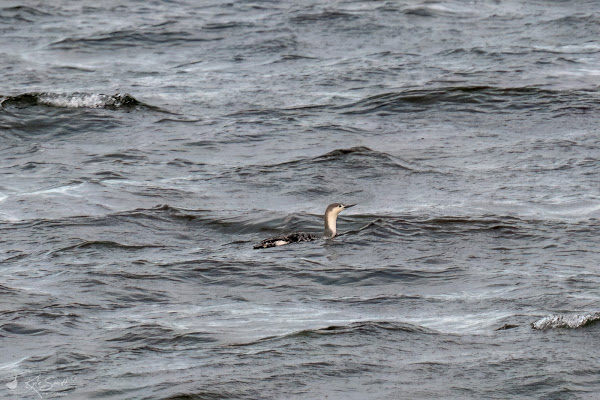
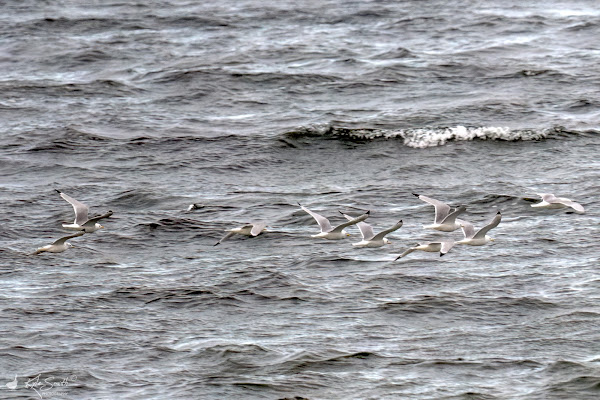

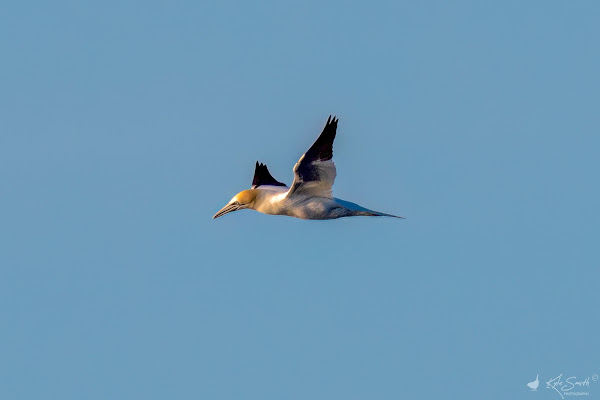
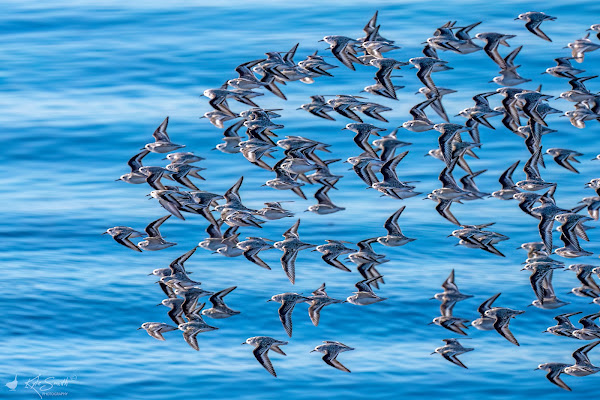
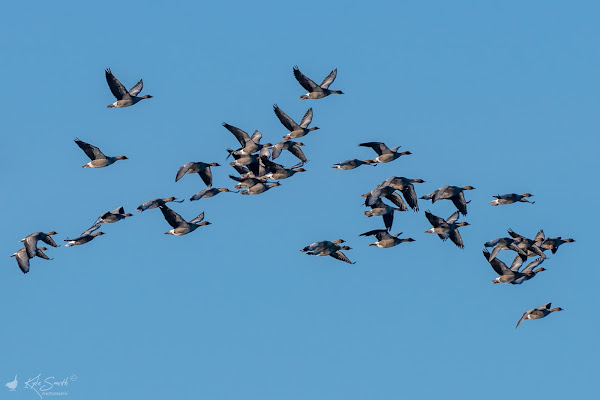
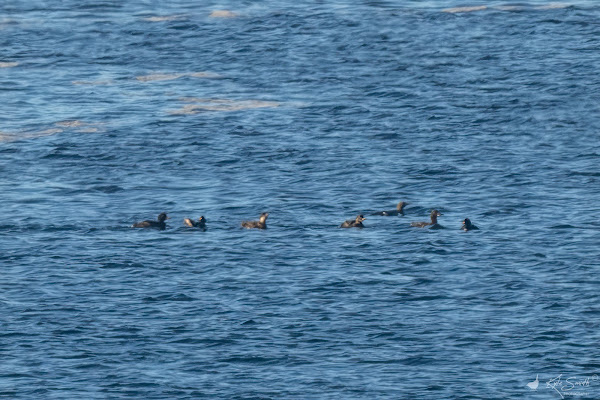



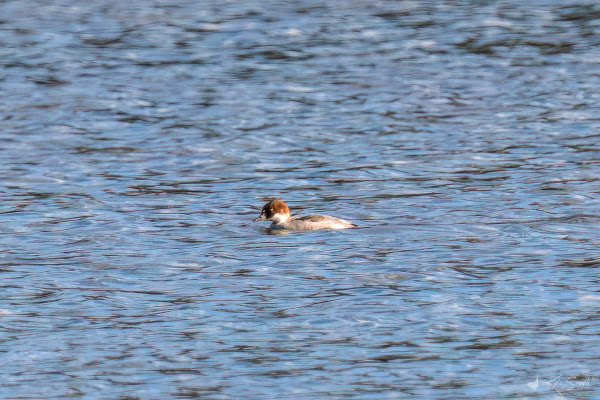
No comments:
Post a Comment